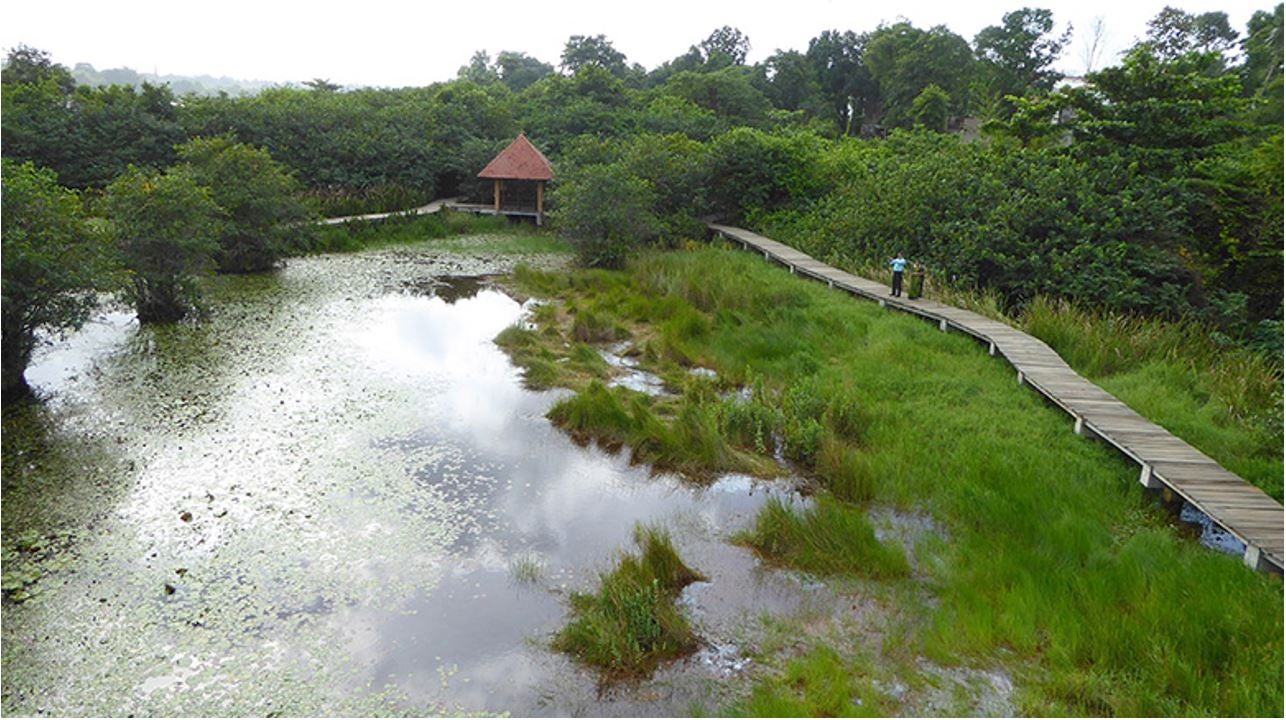 Urban services and quality of life measurements show that Dhaka has a lot to do to become more livable. Photo: sladkozaponi/Shutterstock.com
Urban services and quality of life measurements show that Dhaka has a lot to do to become more livable. Photo: sladkozaponi/Shutterstock.com
Dhaka is one of the world’s most populous megacities and a major contributor to Bangladesh’s economic transformation. But like many cities its size, it faces growing challenges to its economic competitiveness, overall livability, and social inclusion. Urban services and quality of life measurements show that Dhaka has a lot to do to become more livable – and many competing priorities to achieve that goal. For example:
- Poor solid waste management contributes to clogged drains and sewers, exacerbating flood risk across the city.
- Affordable housing is far away from the places where jobs are concentrated.
- Commuting is hampered by a lack of public transportation and an inadequate road network.
- Inflexible development regulations discourage the construction of low-cost housing closer to jobs.
To resolve these and other problems, Dhaka needs to a new approach to planning and investment. The city has more than 50 development or regulatory entities, each with its own plan to shape the city’s future.
These plans are often in conflict in terms of what is prioritized, the financing resources available, and who will be responsible for maintenance following implementation. It’s time to bring all these efforts together into one integrated city- and sector-wide development plan to chart Dhaka’s future growth.
Three ways to drive Dhaka’s development
The big question is how best to do it. Cities around the world have tried different combinations of infrastructure investments and policy measures to promote more integrated development. Here are three approaches that could work well in Dhaka:
1. Transit-oriented development
Transit-oriented development combines public transit route planning with land use regulations allowing for a greater zoning density and diversity of uses. The objective is to enable greater housing supply, concentration of jobs, and easier mobility. In Arlington County, part of metropolitan Washington, DC, in the United States, land, use planning and development around subway stations is one of many transit-oriented development examples from across the world where land use and transportation plans complement each other. Dhaka’s current and planned investments in Mass Rapid Transit (MRT) and Bus Rapid Transit (BRT) systems total more than $20 billion. There is tremendous opportunity to integrate transit-oriented development across Dhaka’s urban fabric.
2. Nature-based solutions
Nature-based solutions for managing water can cost-effectively lower flooding risk. Dhaka’s flat topography, proximity to rivers, and abundance of lakes and canals make the city especially prone to the effects of flooding from rivers and waterlogging from accumulated rainfall. Improvements in water-management systems and climate-adaptive investments can save tens of billions of Taka in avoided damages from future floods. The World Bank supported a successful effort in Colombo, Sri Lanka, to identify and protect urban wetlands, and to improve water management systems within them. The preservation of the wetlands reduced the flood risk for more than 2km2 of urban land, and along with facility improvements, also expanded the amount of urban green and park space for recreation and enjoyment by Colombo’s residents. New approaches to water management and flood risk reduction in Dhaka will be vitally important as the city expands eastward on the flood plains along the Balu River. About 60 percent of the land there is at or below anticipated flood levels, and new development encroaches on existing drainage canals and lakes.
3. Land pooling
Land pooling has been used in Thimphu, Bhutan and around the world as a tool to plan new growth and promote urban regeneration. In Dhaka, the emergence of growth poles in the northern and eastern areas of the city has increased the urgency for planned urban expansion that provides basic infrastructure and regularized plots for development. Through land pooling, land owners agree to give up a portion of their property to allow for the placement of trunk infrastructure (roads, drainage, water and sewerage networks) and community facilities. Landowners and implementing agencies together determine the location and amount of land to be set aside for these amenities. A land pooling plan can incorporate investment priorities from across sectors (sanitation, transport, housing, health and education). Land contributions can be set aside for constructing affordable housing, mass transit stations, green spaces, or any number of other uses.
The Bangladesh Delta Plan could be a model
The World Bank undertook a diagnostic assessment of urbanization challenges, governance arrangements, and financing options to help the government develop a strategy for metro Dhaka. The diagnostic found that an institutional structure or framework is needed to ensure that priority investments in specific areas of the city are sequenced and complementary rather than duplicative, conflicting, or unwanted.
The recently completed Bangladesh Delta Plan 2100 is an example of an ambitious, comprehensive plan with an overall goal of improving flood protection and water management , but which identifies overlapping and complementary investment priorities in a range of sectors (such as urban, resilience, water supply, governance, energy and private sector development) to advance on this objective.
Do you live in Dhaka and have ideas for the city’s future development? Let us know what you think in the comment section below.
The Transforming Metro Dhaka blog series aims to support Bangladesh’s government’s vision of leveraging Dhaka’s economic potential and its contribution to Bangladesh’s goal of reaching upper middle-income status.
The next blog in the series will look at how institutions and leadership can transform Dhaka.





Join the Conversation